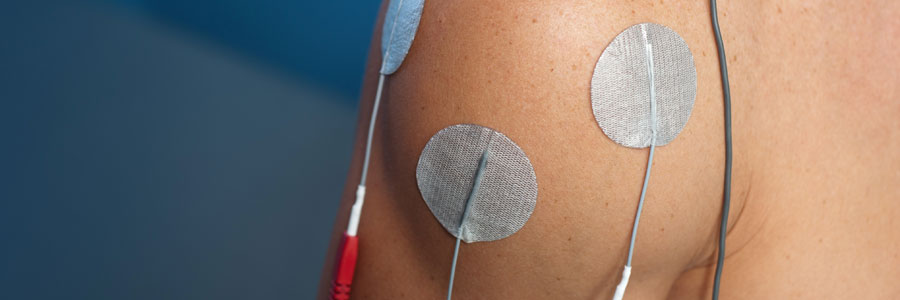
Rotator cuff tear
The rotator cuff is a term used to describe a group of muscles that support the shoulder and allow for proper shoulder positioning and motion. The rotator cuff group is both a sensory and motor ‘organ’ that controls optimal position, motor control and coordination of the shoulder. There are four muscles that make up the rotator cuff and these are called the supraspinatus, infraspinatus, teres minor and subscapularis. A rotator cuff tear of the shoulder describes a tear in one of those muscles or their tendons (joins a muscle to bone). This can be a complete tear or a partial tear. The supraspinatus is the most commonly torn muscle of the rotator cuff. Rotator cuff tears are common.
Symptoms
Rotator cuff injuries will typically present with:
- Pain at night (and rest)
- Pain worse with compression such as lying on it
- Pain on shoulder movements (contracting muscle)
- A painful arc (sore in certain movement positions like over head)
- Inability to move upper arm (for acute and sudden large tears)
Causes
The causes of rotator cuff tears are typically grouped in two distinct but related categories: Acute rotator cuff tears and degenerative rotator cuff tears.
Acute rotator cuff tears occur as a result of an injury. Common injuries that are typically associated with a rotator cuff tear are:
- A fall on an outstretched arm (FOOSH injury)
- Pulling or lifting a heavy object
- Shoulder dislocated or breaks
- Sporting injury such as rugby or contact sports
Degenerative rotator cuff tear occur when the tendons become worn down over time and the ageing process. This is considered a normal part of ageing and is more common in the dominant arm as this is used more throughout life. These types of tears may or may not produce pain. Common risk factors for getting a degenerative or chronic tear include:
- Age.
- Overuse.
- Anatomy.
Treatment
Chiropractic treatments are useful in the treatment of rotator cuff injuries including tears. Speak to your chiropractor or medical doctor for more information.








